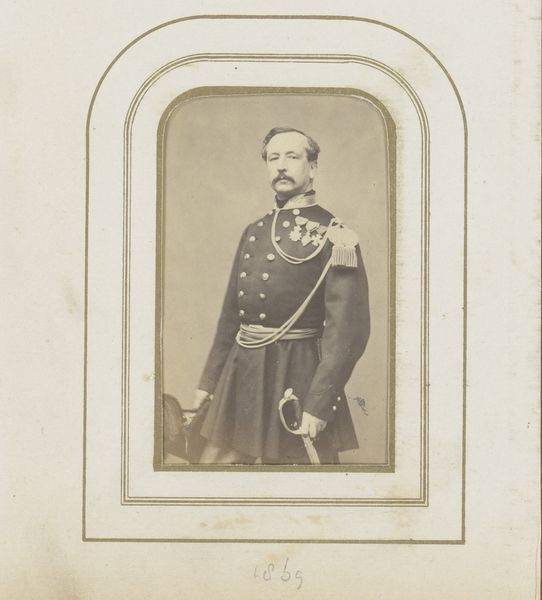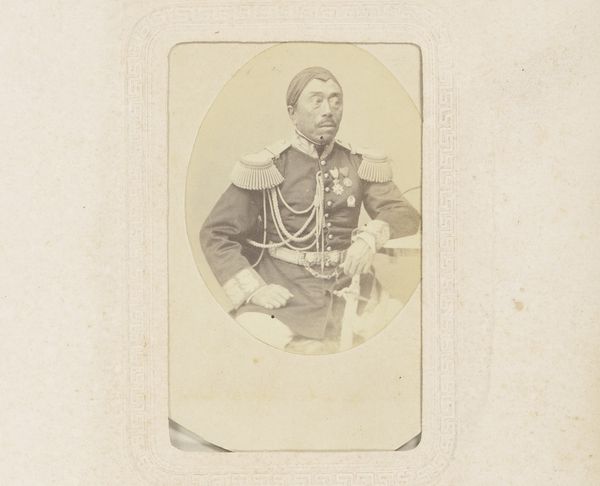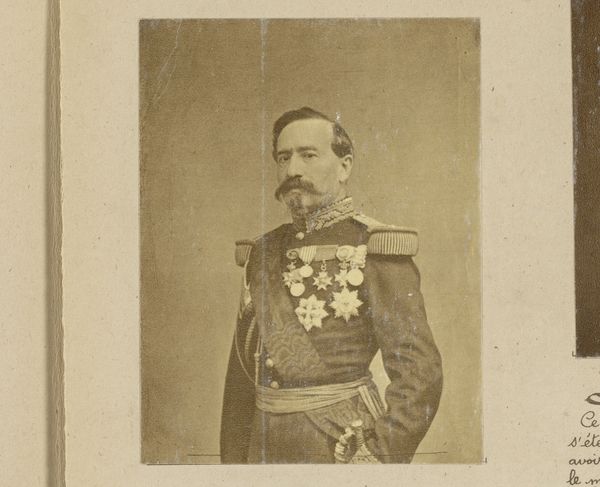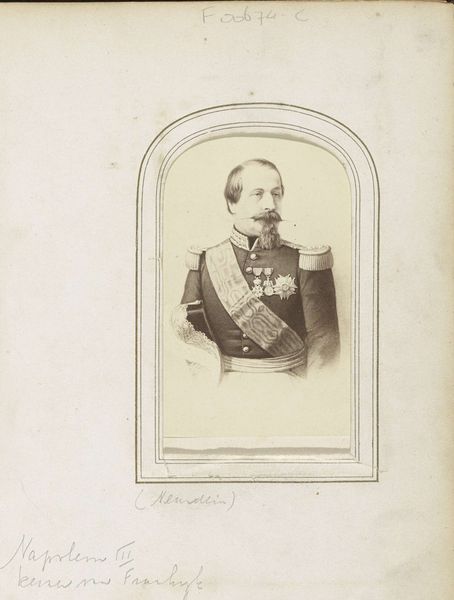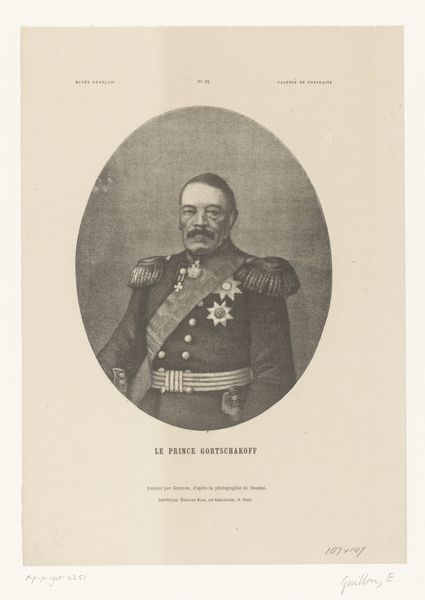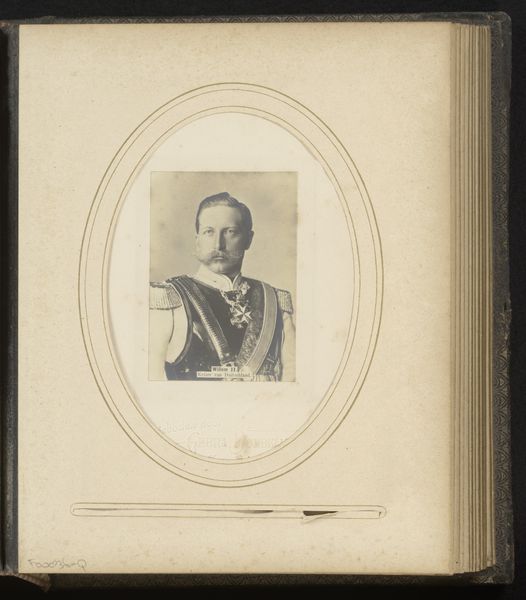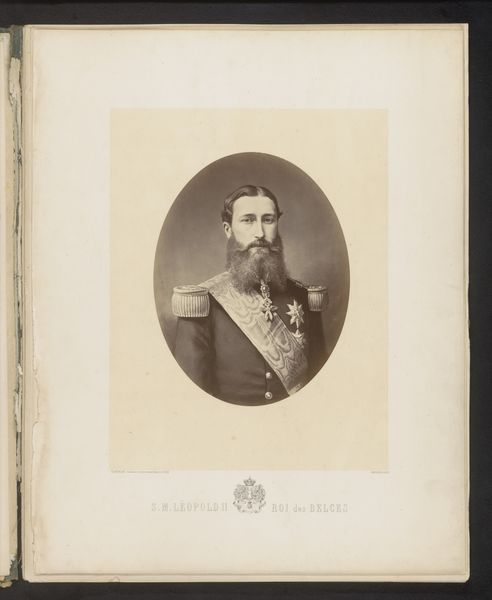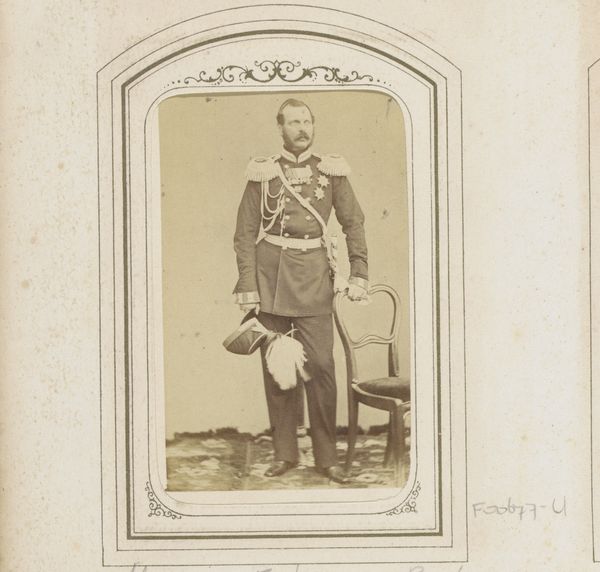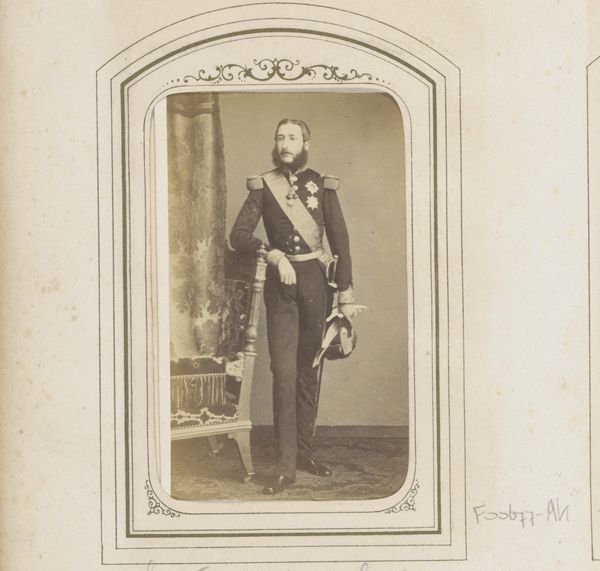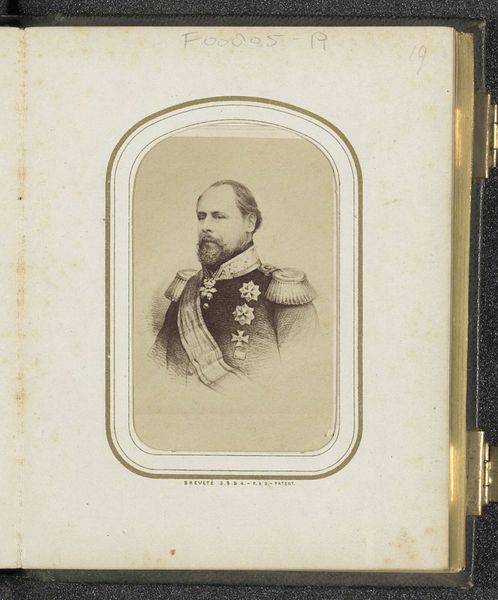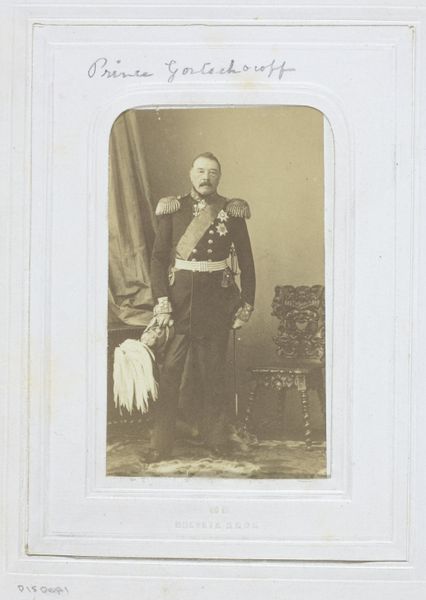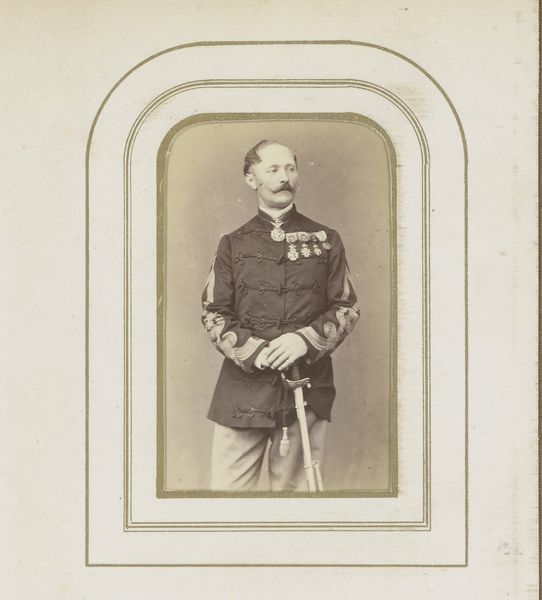
Portrait of Napoleon III (1808–1873), Emperor c. 19th century
0:00
0:00
print, engraving
#
portrait
# print
#
19th century
#
history-painting
#
academic-art
#
engraving
#
realism
Dimensions: 30 × 22.2 cm (11 3/4 × 8 3/4 in.)
Copyright: Public Domain
Marc-Laurent Bruyas created this portrait of Emperor Napoleon III using a technique called engraving. Engraving involves cutting lines into a metal plate, which is then inked and printed. Look closely, and you can see the intricate network of lines that form the image. The precision required speaks to the engraver's skill, acquired through years of training. Engraving became a crucial technique for mass media, circulating images widely and shaping public opinion. The level of detail achievable elevates a simple reproduction to a work of art. In the 19th century, this reproductive technology democratized art and knowledge, but also raised questions about originality and the role of the artist. So, next time you look at an engraving, consider the labor, skill, and social context embedded in its creation. It's a reminder that even seemingly simple prints have a complex story to tell about the world around us.
Comments
No comments
Be the first to comment and join the conversation on the ultimate creative platform.
